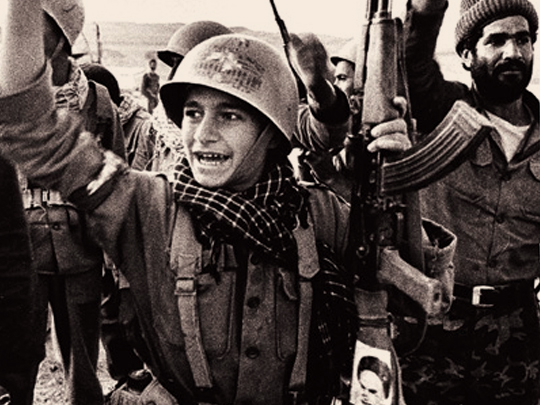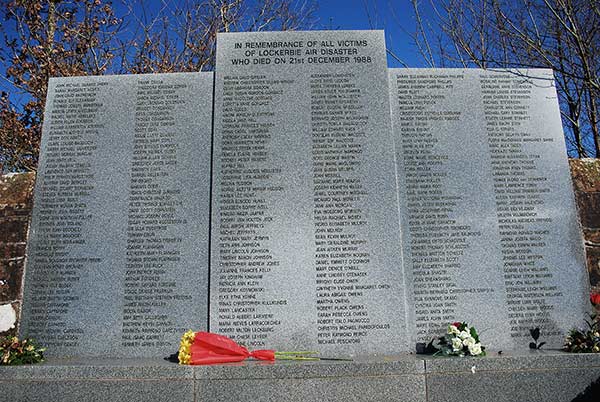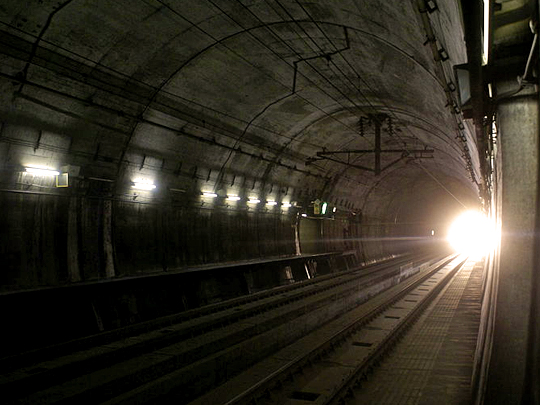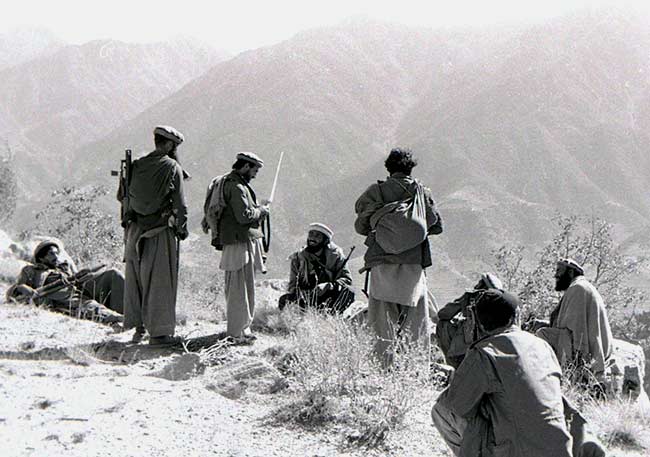By Erwin Lux / Wikimedia Commons / CC-BY-SA-3.0 / GFDL
1 – Withdrawal of Soviet Troops Begins in the Soviet-Afghan War
On 14 April 1988, the Geneva Accords were signed by representatives of the United States, Soviet Union, Pakistan, and Afghanistan.
The Accords provided a framework for the departure of Soviet forces, and a multilateral understanding between the signatories.
The complete withdrawal of Soviet forces from Afghanistan began on 15 May 1988, under the leadership of Colonel-General Boris Gromov, ending on 15 February 1989.
Under the leadership of Mikhail Gorbachev, the Soviet Union attempted to consolidate the PDPA’s, Afghanistan’s ruling party, position of power, first to try and stabilize the country, then later in an effort to save face during the withdrawal of troops.
The diplomatic relationship between the USSR and the United States also improved as it became clear that the Soviet Union’s attempts to consolidate the PDPA’s power would ultimately end in failure.
The Soviet-Afghan War from December 1979 to February 1989.
Afghan mujahideen rebel groups fought a guerrilla war against the Soviet Army and the Afghanistan government, largely in rural areas of the country.
The mujahideen were backed by the United States, Saudi Arabia, and Pakistan, making it a Cold War proxy war.
It is estimated between half a million and 2 million civilians were killed, while millions of Afghan refugees fled the country, mostly to Pakistan and Iran.
2 – Iran-Iraq War Ends After 8 Years

The Iran–Iraq War was an armed conflict between Iran and Iraq, which began on 22 September 1980, when Iraq invaded Iran.
It ended on 20 August 1988, when Iran accepted a UN-brokered ceasefire.
Following the 1979 Iranian Revolution, Iraq feared it would spur its’ Shi’ite majority to rebel against the Ba’athist government.
The war followed a running history of border disputes, with Iraq planning to annex the oil-rich Province of Khuzestan and the east bank of the Shatt al-Arab river, in an effort to become the dominant Persian Gulf state.
Iraq’s initial progress was quickly curtailed, with Iran regaining almost all its lost territory by June 1982. From then on, Iran spent the majority of the remainder of the war on the offensive.
The United States, Soviet Union, France, and most Arab countries provided support for Iraq, while Iran became increasingly isolated.
After eight years, amid increased U.S.–Iran military tension, a ceasefire was brokered by the United Nations.
The fighting saw large-scale trench warfare, bayonet charges, Iranian human wave infantry attacks, the extensive use of chemical weapons by Iraq, and, deliberate attacks on civilian targets.
It is estimated over one million Iraqi and Iranian soldiers, and civilians died during the course of the war. In the end, the war resulted in no reparations or border changes.
3 – The Lockerbie Disaster

The Lockerbie bombing took place on 21 December 1988, when Pan Am Flight 103, a transatlantic flight from Frankfurt to Detroit, was destroyed by a bomb, killing all 243 passengers and 16 crew.
Large sections of the aircraft crashed onto residential areas of Lockerbie, Scotland, killing 11 people on the ground.
The 270 people killed made it the deadliest terror attack in the history of Great Britain.
In November 1991, following a three-year joint investigation by British police and the FBI, arrest warrants were issued for two Libyan nationals, Abdelbaset al-Megrahi, and Lamin Khalifah Fhimah.
In 1999, after protracted negotiations and UN sanctions, Libyan leader Muammar Gaddafi handed over the two men for trial at Camp Zeist, Netherlands.
In 2001, al-Megrahi, a Libyan intelligence officer, was jailed for life after being found guilty of 270 counts of murder. Fhimah was found not guilty.
In 2003, Libyan leader Gaddafi accepted responsibility for the Lockerbie bombing and paid compensation to the families of the victims, but maintained that he had never given the order for the attack.
al-Megrahi was released by the Scottish Government on compassionate grounds after being diagnosed with prostate cancer in August 2009 and died in May 2012.
4 – The World’s Longest Undersea Tunnel Opens in Japan

The Seikan Tunnel is a dual gauge railway tunnel in Japan, with a 23.3 km long section under the seabed.
The track level is about 100 meters below the seabed and 240 meters below sea level.
It lies beneath the Tsugaru Strait, which connects the main Japanese island of Honshu with the northern island of Hokkaido.
Construction on the main tunnel began on 10 March 1985.
On 13 March 1988, the tunnel was opened, having cost a total of 1.1 trillion yen (approx. $7 billion) to construct, nearly 12 times the original budget.
The Tunnel is the world’s longest tunnel with an undersea segment (the Channel Tunnel is shorter, but has a longer undersea segment).
It is also the second deepest and the second-longest main-line railway tunnel after the Gotthard Base Tunnel in Switzerland.
